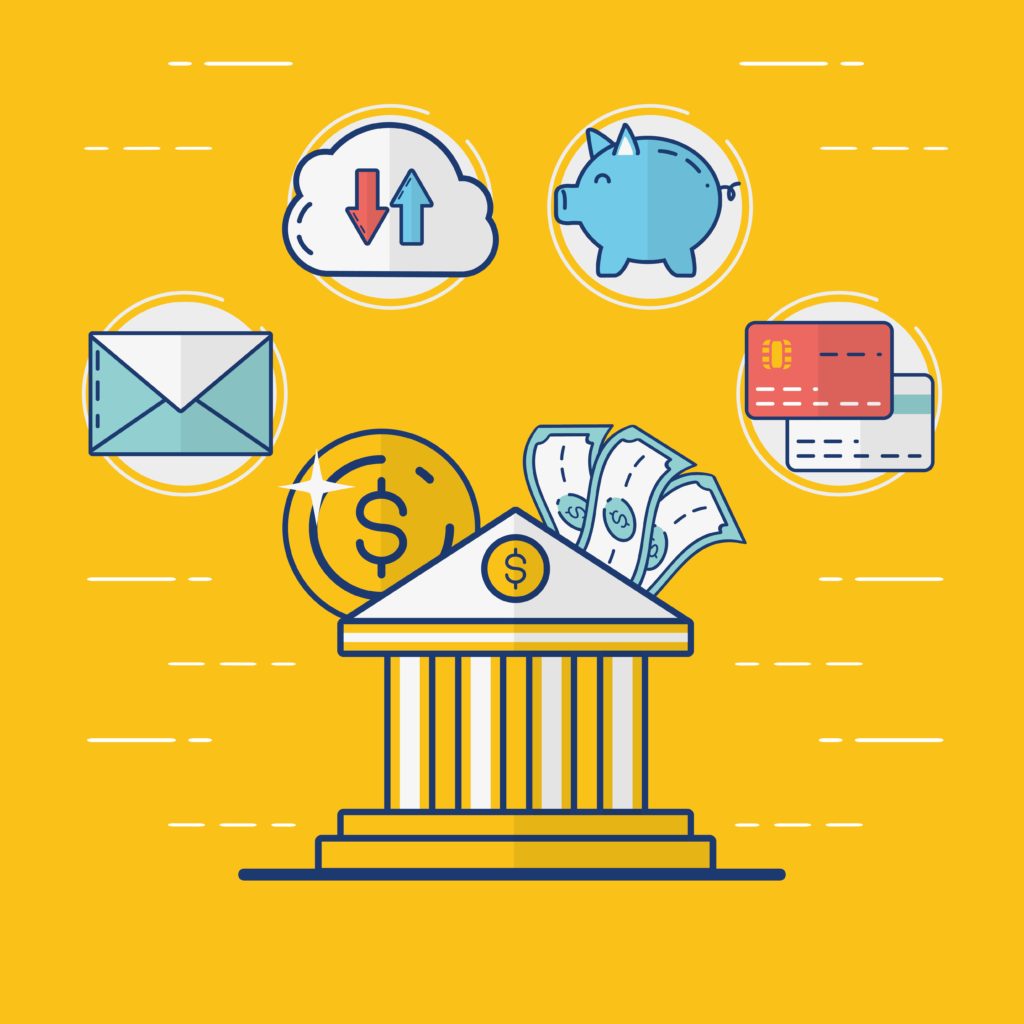Banking today and tomorrow
What is a bank? Well, the word comes from Italian ‘banca’ that simply means a bench or a counter behind which bankers sit and enable transactions. As simple as that. Cut to today, what does the word bank bring to your mind? The younger you are, the more chances there are that you recall the facade of a banking app, its website, or if you are a little older, the ubiquitous ATM machine perhaps. While the elderly still prefer to go through and trust the tedious paperwork that happens as they snake through long queues or wait patiently for their token numbers being called out, the young would have digital or nothing.
Digitalization era
Let us run through the many conveniences brought to us by the digital revolution. First, there was the huge climb in not only the customer base but also reliability and faster reconciliations, as the computers crunched numbers better than human tellers. Along with it came the convenience of core banking, which stood for Centralized Online Realtime Exchange, that allowed anytime anywhere banking. Along with ATMs that also swallowed currency and cheque leaves, there was an entire digital ecosystem now to compliment Internet banking. The lesser you got to see the teller or the manager, the better a customer feels with a bank. And for the banks, there would be an equally favorable windfall in the form of reduced operations expenses. No surprises there!
Enter big tech
So, all the above are vignettes of the decades gone by. What now? With big tech comes big disruptions. And companies like Google and Facebook are always looking for niches to enter and own in the lives of billions, in every facet of life. Banking apparently features in their primary list of obsessions. Recently, Google announced its plans to partner with six banks to offer digital bank accounts for Google Pay users in the US. Rival Facebook also announced plans to introduce a brand-new digital payments platform that will compete with the already much popular Amazon Pay and Apple Pay.
The future of digital banking
Today, customers can be onboarded in minutes, thanks to digitally simplified processes from account creation, authentication, to risks assessment to enable banks to make their decisions, such as in lending. With a better understanding of customers comes the huge opportunity of personalized offerings by means of leveraging the enormous power of artificial intelligence/machine learning. Who would not want banks to understand their unique money inflows, expenses, obligations, and the ever-expansivewish lists? No more one-size-fits-all approach. This is where big tech companies have huge potential to make fresh inroads to enable never-before-seen customization to the most granular levels.
Crisis births innovation
Today, as we reel under the collective burden of having to handle and survive the Covid-19 pandemic, new insights are emerging from the banking industry, proof that our past achievements have started to back us up when we need them the most, and how! The Internet has become humanity’s first and final frontier. Humans, largely under quarantines, rely more on mobile banking apps or payment methods than ever before. Mastercard India saw a surge of 200 percent in contactless payments in May when the pandemic peaked. Analyst firm Juniper Research forecasts that annual contactless transactions will touch $6 trillion in 2024, from the current $2 billion, a whopping tripling in volumes.
Last year, Spanish bank Santander decided to close a fifth of its physical branches stating ‘changes in how customers are choosing to carry out their banking’ as the reason. According to a BBC report, branch-based transactions fell 23 percent while digital transactions soared 99 percent. In a survey by American company Cornerstone Advisors, customers who enjoyed good digital platforms found it much easier and stress-free to carry out transactions. Naturally, digital banks have outscored the rest on two attributes – How easy is it for customers to manage their financial lives, and how better and effective financial decisions can be made?
In India, though there are digital banks that have eliminated the need for physical branches, such as PayTM Payments Bank, the law mandates that digital payments banks such as PayTM or Jio Payments have to partner with existing banks to provide financial services. But the winds seem to be changing, and there may be a time when pure-play digital banks would rule the roost, and in that world, more than ever, the customer would be the undisputed king. How soon? Let us wait and watch!

